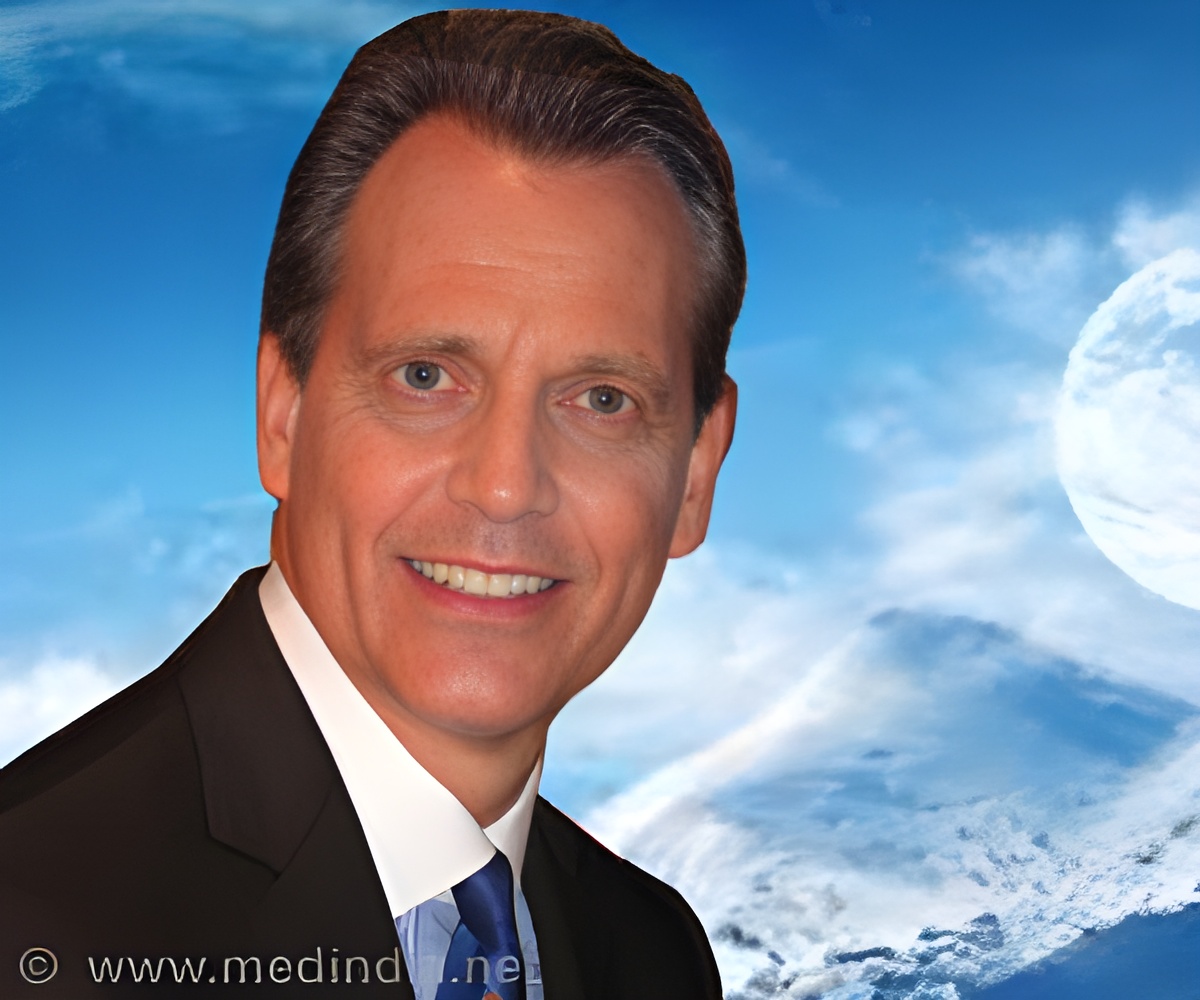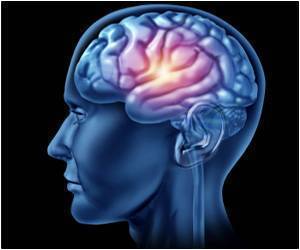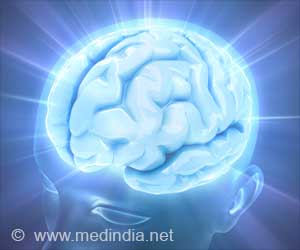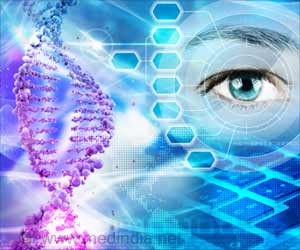Sequel to the interview on Expert Explores the Theory of Reality Dr. David Wiebers, M.D. neurologist and neuroscientist, elaborates on the nature of consciousness and reality.

A: "Insanity" is a broad term-too broad for us to be able to arrive at a general answer for that question—the term “psychosis” has generally been associated with a patient being "out of contact with reality" but it is also a very broad term referring to numerous different types of disorders with varying symptoms and etiologies.
However, as a general concept, individuals suffering from psychoses undoubtedly all have underlying problems with the receiving and transducing functions of their brains whether those be rooted in neurochemical, electrical or other types of underlying derangements that we can identify with our materialistically-oriented senses. If we were advanced enough in medicine, we would be able to identify difficulties that these individuals are having with their brains and its function which, again, is not CREATING consciousness, but rather serving as a receiver and transducer of a variety of consciousness-based information and acting as an incredible interface between our outer, material or particle-based world and our inner, deeper, subconscious wave-based planes of existence.
When our brains are having other readily identifiable sorts of problems, such as an ischemic stroke involving one’s dominant hemisphere, for example, we see other types of difficulties with the expression of one’s consciousness on this plane of existence (such as aphasia with or without specific components such as anomia, alexia, agraphia, etc.). This does not change one’s individual consciousness at a deeper level but rather temporarily alters its expression and manifestation on this plane of existence because the brain is the vehicle for our consciousness being able to express and manifest itself here.
Q. When there are two or more people with different thought patterns how does that the impact on reality?
A: We all manifest differences in thought patterns, but the underlying canvas of those thought patterns is always of the same fabric-it is consciousness. Consciousness is not something that merely emanates from the human brain but rather as the fundamental fabric of our universe and ourselves.
Yet we are all able to recognize that we have the power (or the free will) to decide what we do next and what we think next. It is, of course, not up to some material object (like our brain) to decide this for us.
Q. Can ‘Theory of Reality’ explain serendipity or the occurrence of unforeseen unpleasant events especially in cases of child abuse?
A: All of these occurrences are, to some extent, based upon probabilities, tendencies and indeterminacy—in much the same way as occurrences are observed by physicists at the subatomic level. Quantum physicists have shown that at the subatomic (smaller than whole atoms) level of virtual particles, “things” don’t exist in material form but rather as fleeting displays of tendencies and superimposed possibilities with non-locality and indeterminacy. This is also the nature of consciousness as we experience it.
On the other hand, the phenomena of coherence and resonance can have an impact on the probabilities. Going from random incoherent thought to coherent (focused) consciousness can be as powerful as going from incandescent (incoherent) light to a laser beam (coherent light). By achieving a highly focused level of awareness, anyone can tap into normally unconscious or latent abilities. Moreover, achieving specialized states of consciousness may allow the individual to access hierarchical levels of information enfolded within the basic structure of the universe.
Access to the more universal informational aspects of the fundamental field of consciousness which underlies all that exists (see TOR Secondary Evidence #4) is enhanced by increased coherence and guided by an individual’s resonance - i.e. ‘like attracts like’ on a thought and consciousness level. Such coherence and resonance factors can affect the probabilities of certain events and/or circumstances (See TOR Secondary Evidence #2).
Q. When subjects like consciousness come into the discussion, the studies focus on human consciousness. Is the sense of discernment restricted to only human beings?
A: We focus far too much on human beings and when we do so, we miss some of the most important aspects of life and existence.
Nonhuman animals are of the same fabric as humans—their consciousness manifests differently on this material plane as a result of the differences in their bodies and brains (which, as with humans, act as the facilitators and transducers of their consciousness and provide for the expression and application of such consciousness to this plane of existence.)
The universe is a unified living process rather than a collection of separate objects, and, although things and beings can still be part of a unified whole while possessing their own unique qualities, our tendency to fragment our world and to see ourselves as separate from the universe, from the earth, and from other human and non-human beings is responsible for many problems in science and society, and ultimately is responsible for our neither being at peace as a species nor as a society.
Ultimately, in order for us to evolve beyond this perspective we will need to invoke something within us which reaches beyond a purely materialistic approach. Such an eventuality need not take anything away from the materialistic aspects of science and medicine that have already been delineated, but rather, should add to and build upon what has been delineated.
It is no coincidence that such a large number of the most influential pioneers in physics who helped catalyze the last major paradigm shift in the early twentieth century from classical physics to relativity and quantum physics (including Planck, Jeans, Einstein, Eddington, Schrödinger, De Broglie, Pauli and Heisenberg) ALL evolved beyond a purely materialistic approach in their conceptualizations of reality and wrote about it extensively at various points in their careers and lives. We, as a scientific community, as a society, and as a species, would be wise to follow their example.
Click Theory of Reality Part 1 to read the former part of the interview.
Source-Medindia
 MEDINDIA
MEDINDIA




 Email
Email





